Lancing postman was last of the Royal Navy's 'human minesweepers'
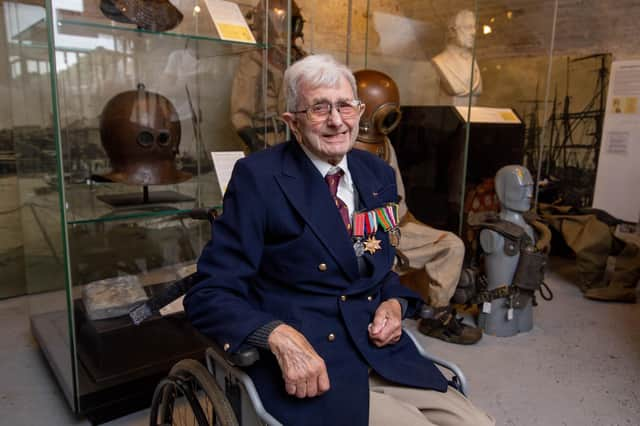

The village mourned the passing of courageous John Payne at Care for Veterans in Worthing on April 16 at the age of 98. His contribution to the legendary P Parties of bomb-clearance divers will not be forgotten.
Forerunners of the Navy’s current crop of clearance divers, the team was tasked with ridding hidden mines from ports and coastlines across Europe, allowing vital supplies to be ferried to Allied troops battling to liberate the continent from Nazi rule.
Advertisement
Hide AdAdvertisement
Hide AdThe bulky equipment the band of naval heroes had to use was a far cry from modern-day diving sets. The amount of searches they carried out during the war was unparalleled and you could not get more hazardous conditions for a diver.
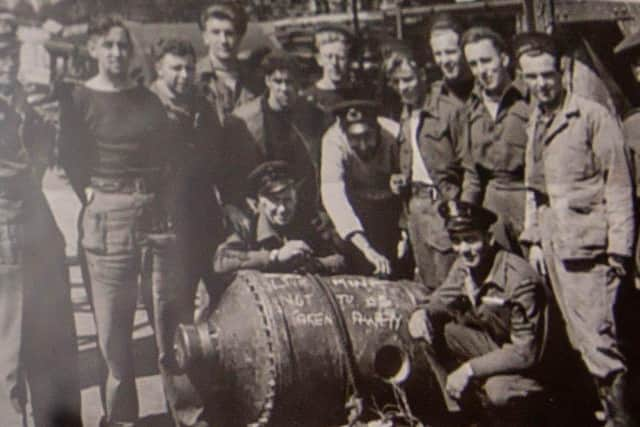

The P Parties' work was critical to the liberation of Europe, because if they did not clear the ports, the Allies could not have got more troops, ammunition and supplies in.
The Royal Navy said: "At 98, John Payne is believed to have been the last surviving member of what were known as P Parties – specialist teams of mine/bomb disposal experts who cleared Europe’s ports of explosives, reopening harbours first to military, then civilian traffic.
"John and his colleagues spent 600 days dived in cold, muddy, murky waters, dealing with some of the most complex and thorough demolition jobs in history.
Advertisement
Hide AdAdvertisement
Hide Ad"Collectively, they searched more than 20 million square feet of harbour and port facilities, and dealt with hundreds of mines, charges, bombs and booby traps, and one V1 rocket. They would become one of the most highly decorated units of the war."
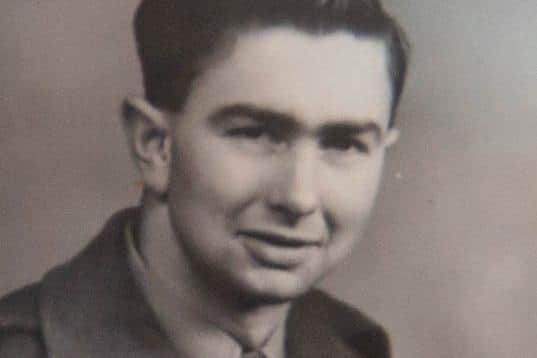

John was born in Oxfordshire but came to Lancing as a child and settled in the village for the rest of his life. He volunteered for the Navy in 1943 aged 18 and put his name forward for diving because he was determined 'to do something active' rather than remain at the Portsmouth barracks.
He joined a P Party that was assigned to the US sector of the invasion front in Normandy and arrived in northern France about a fortnight after D-Day. His group was sent to Cherbourg – the first major port to fall into Allied hands but also left in ruins by the Germans.
The Royal Navy said: "Not only did the Nazis do a thorough demolition job of the port facilities but conditions were grim: mud due to lack of dredging during the war, strong currents.
Advertisement
Hide AdAdvertisement
Hide Ad"The men frequently carried out two dives a day and were so exhausted by the experience and lack of sustenance – they normally lived on sandwiches – that they could collapse through fatigue.
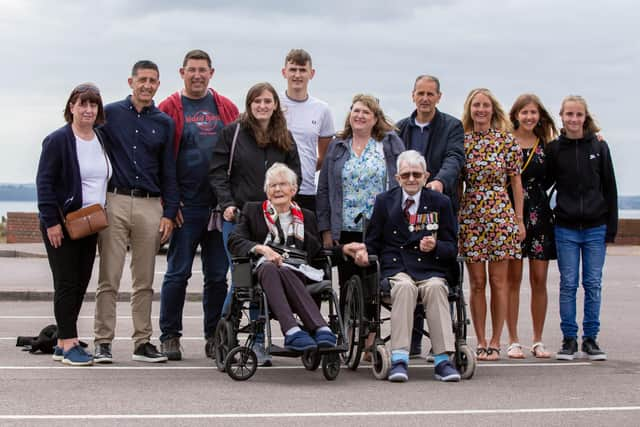

"Alternating with spells around the UK on mine clearance work, John’s P Party continued to tirelessly open up ports to maritime traffic: Rouen on the Seine – 'You could hardly tell it was a dock as it was blown to pieces so badly'. Then Dunkirk. And as winter 1944 set in, the Belgian port of Antwerp – under bombardment, for it was, famously, the objective of Hitler’s Ardennes offensive ‘the Battle of the Bulge’.
"The river was littered with floating mines – more than John had ever seen – and, in spite of the cold, work continued. Many divers covered their hands in goose fat and had fires ready as soon as they climbed out of the water, but the cold never bothered John.
"And again the enemy had done a thorough sabotage job: 'The Germans had tied a mine to every crane along the quay as well as in the water so when it exploded the crane fell in'."
Advertisement
Hide AdAdvertisement
Hide AdOnce the Allies crossed the Rhine in March 1945, German resistance in the West largely collapsed and John’s P Party soon found itself in the city of Bremen – 'the most mines of all the ports and our biggest haul'.
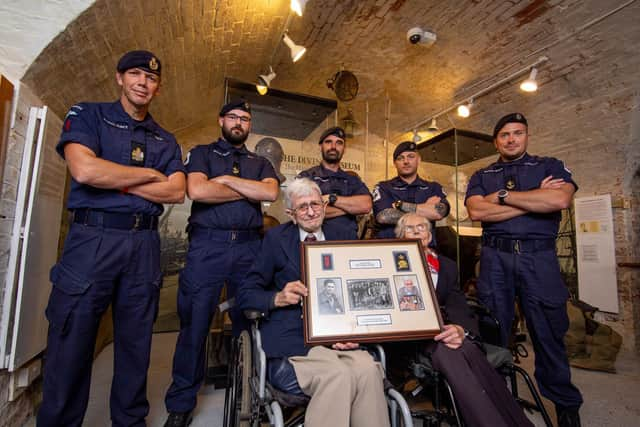

At the war’s end, John volunteered for Far East service, intending to continue to do there what he had done in North West Europe, but the clearance team was not needed, so instead he left the Navy in 1946. He said later that he was 'too damn tired' to stay.
John enjoyed diving but there were no real options to dive outside the Navy. After a brief spell on the railways, he became a postman and also volunteered as a Sea Cadets instructor.
Two years ago, John visited the Diving Museum in Gosport and many of his papers, photographs and memories have been left with museum for posterity.